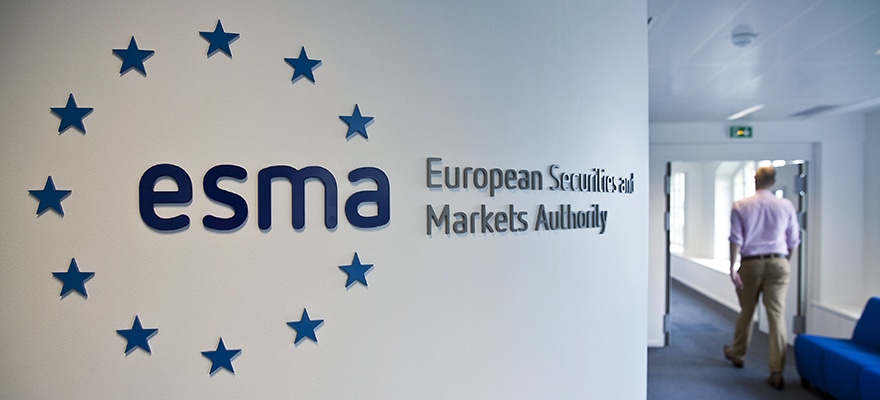Legislation would be even more verbose if it needed to include all of the practical advice, which firms need to develop an implementation plan. The Q&A as a clarification mechanism is a well-proven route. The FCA’s Transaction Reporting User Pack is now on its third full release and has played a vital role in tidying up UK application of the MiFID reporting rules. Unfortunately the process took around 5 years before we could say that all substantive issues were sufficiently clarified. The ESMA Q&A has similarly served a useful role in making the rules less opaque to the financial industry.
Deadlines Not Being Met?
However, the timing of this input has been a problem, with major changes introduced just the day before reporting began in February. Large institutions move at a glacial pace, and at least one major investment bank has yet to implement the pattern of reporting for non-EEA Exchange -traded derivatives which was set out six months ago. Worse still, the clarifications around the pre-requisites for position reporting, which were set out in December 2013, are still being widely ignored.
An argument could be made that, while the technical standards were adopted into the legislation, the Q&A has no such status and can be ignored with impunity. Time will tell whether the regulator takes such a relaxed view. What is less understandable is that some firms and industry groups have decided to ignore items in the technical standards, which are now part of European law. One client has received a letter from a (different) large investment bank stating that they don’t want to report collateral codes as ten numeric digits, so will be going for twenty character alphanumeric. There may be some crumb of comfort here – given the level of misinterpretation and ignoring of the rules among the larger firms, the national regulators responsible for policing EMIR may take some time to work their way down to the smaller retail brokers.














